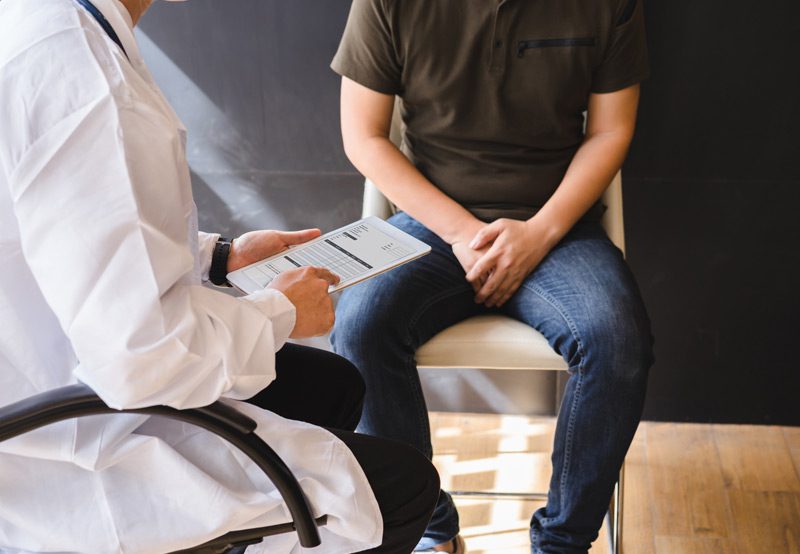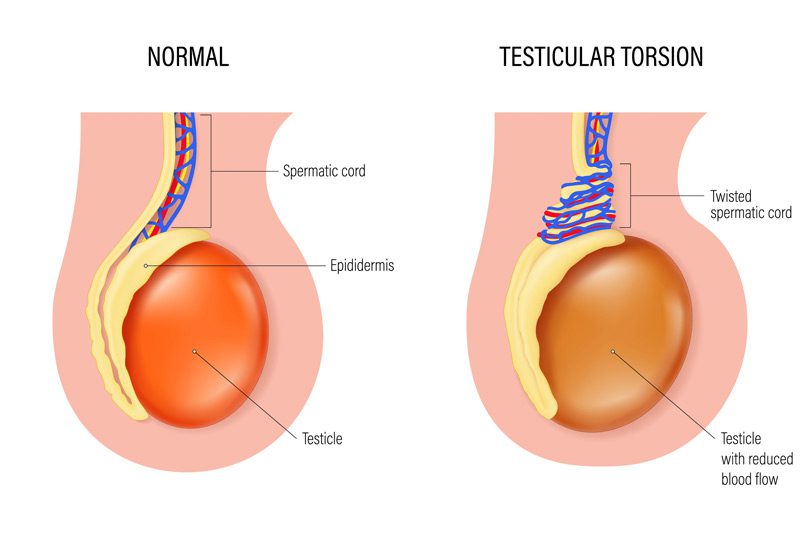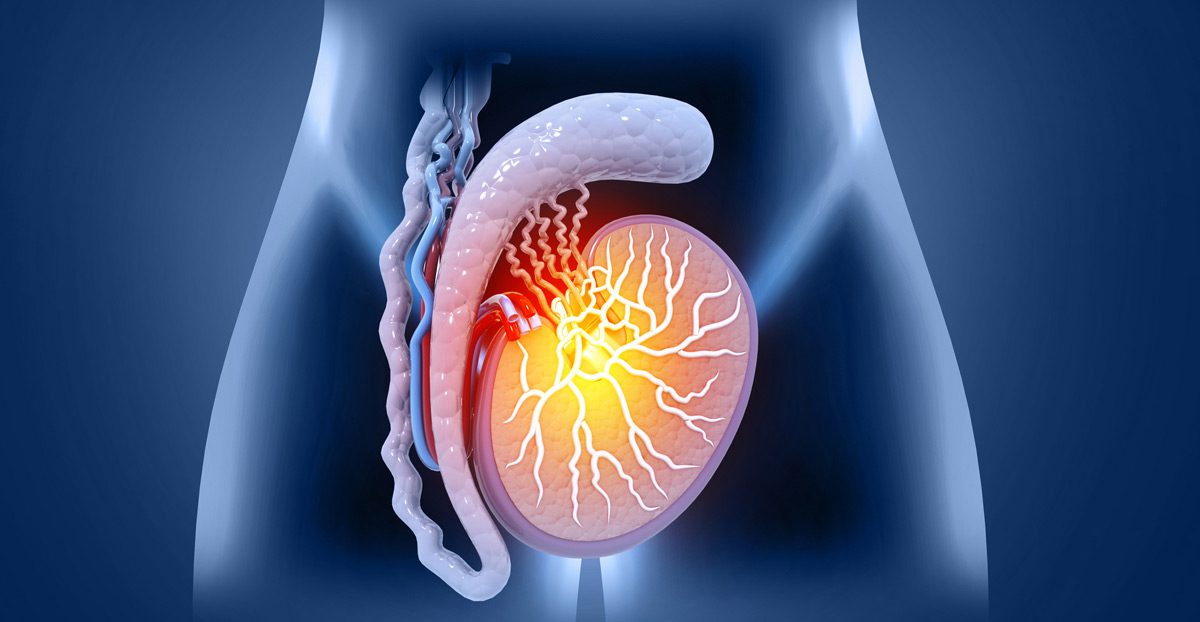

Testicular pain or swelling can be a symptom of various underlying urological conditions—some of which require urgent attention. While not all causes are serious, it’s essential to evaluate any testicular discomfort promptly to rule out conditions that could impact fertility or overall testicular health.
Causes of Testicular Pain/Swelling
Testicular pain or swelling can result from infection, trauma, vascular issues, or structural abnormalities. Common causes include:
- Epididymitis: Inflammation of the epididymis, often due to bacterial infection or sexually transmitted infections (STIs), typically causes gradual-onset pain and swelling.
- Testicular Torsion: A urological emergency where the spermatic cord twists, cutting off blood supply. This condition causes sudden, severe pain and swelling and requires immediate surgical intervention to save the testicle.
- Hydrocele: A fluid-filled sac around the testicle that causes painless swelling, more common in infants but can also affect adults.
- Varicocele: Enlargement of the veins within the scrotum, which may cause dull pain or a “heavy” feeling, and is often linked to infertility.
- Inguinal Hernia: Occurs when abdominal tissue pushes through a weak spot in the groin, sometimes extending into the scrotum and causing swelling or discomfort.
- Trauma: Direct injury to the testicles can cause acute pain, bruising, or swelling.
- Orchitis: Inflammation of one or both testicles, often due to viral infections such as mumps.
- Testicular Tumors: Often painless, but some tumors can cause heaviness or swelling; any persistent mass should be evaluated urgently.

Symptoms
Symptoms can vary based on the underlying condition but may include:
- Sharp or dull testicular pain
- Swelling or enlargement of one or both testicles
- Redness or warmth of the scrotal skin
- Pain during urination or ejaculation
- Nausea or vomiting (especially with torsion)
- A visible lump or mass
Diagnosis
Accurate diagnosis begins with a detailed medical history and physical examination. Additional testing may include:
- Scrotal Ultrasound: First-line imaging to assess blood flow, masses, or inflammation.
- Urinalysis and STI Testing: To detect infection.
- Blood Tests: To evaluate for infection or tumor markers, if needed.
Treatment Options
Treatment depends on the underlying cause:
- Antibiotics: For infections like epididymitis or orchitis.
- Pain Management: NSAIDs or other analgesics for symptom relief.
- Surgical Intervention:
- Emergent surgery for testicular torsion
- Varicocelectomy for symptomatic varicocele
- Hydrocelectomy for large or painful hydroceles
- Tumor removal or orchiectomy for suspected malignancy
Next Steps
Any sudden or severe testicular pain should be evaluated immediately to rule out emergencies such as testicular torsion. Even mild or persistent discomfort warrants a urological assessment to identify the cause and determine whether treatment is needed to preserve testicular function and overall health.
